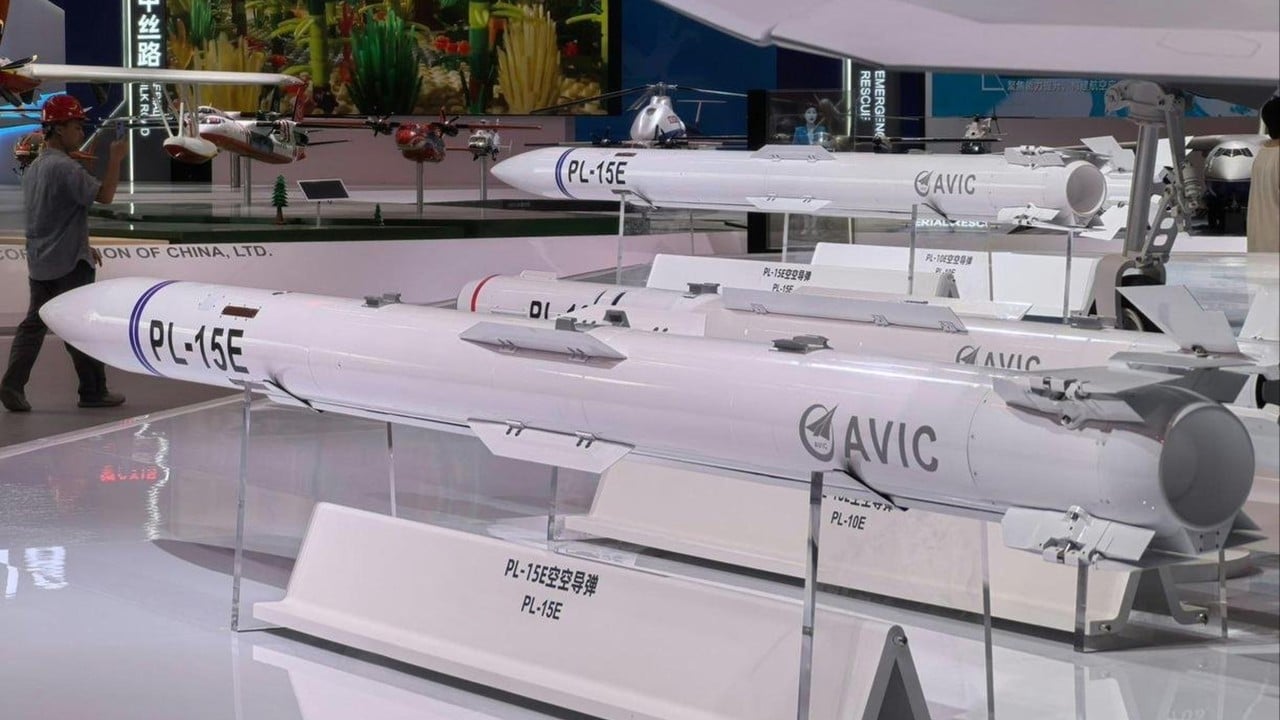Almost a decade has passed since the People’s Liberation Army pulled the trigger on President Xi Jinping’s plans for a massive overhaul of the world’s biggest military. In the eighth of a series on Chinese weapons systems, we look at the country’s advanced air-to-air missile.
Advertisement
It was not until the combat debut of the PL-15E during a skirmish between Pakistan and India last week that the capabilities of the Chinese-made air-to-air missile were truly put to the test – after years of speculation by observers abroad.
For decades, Chinese-made air-to-air missiles were believed to be imitations of Western designs. But the recent deployment of the PL-15E by the Pakistan Air Force serves as a fresh reminder that the capabilities of China’s air-to-air missile systems – alongside a growing fleet of advanced fighter aircraft – can no longer be ignored.
The deployment of the People’s Liberation Army’s (PLA) advanced air-to-air missiles, including the domestic version of the PL-15 commissioned since the mid-2010s, carries broader implications – not only for regional security in the Asia-Pacific, but also for any future Taiwan contingency.
It has also sparked discussions about the potential expansion of air-to-air missile exports as Beijing grows more ambitious in challenging the Western-dominated global arms market.
Combat debut and profile
Despite the attention, it has been difficult to accurately assess the missile’s performance due to conflicting claims by both sides in the Kashmir conflict.
Advertisement

